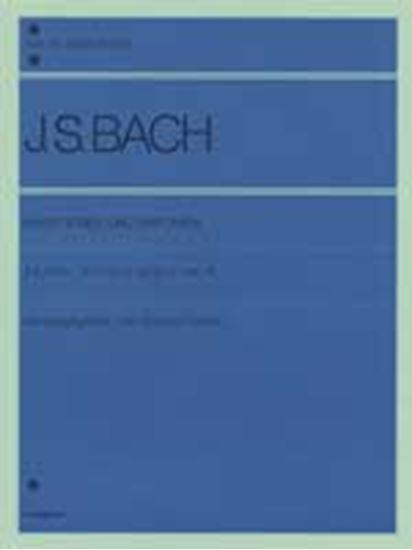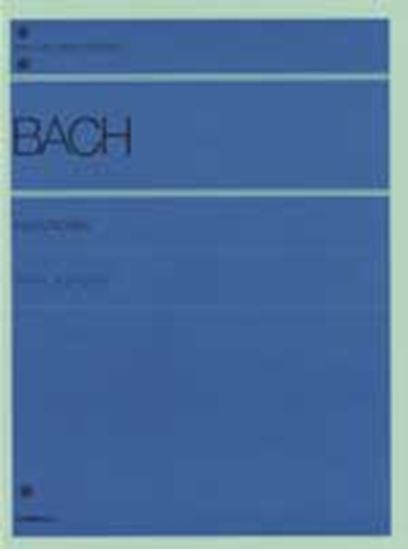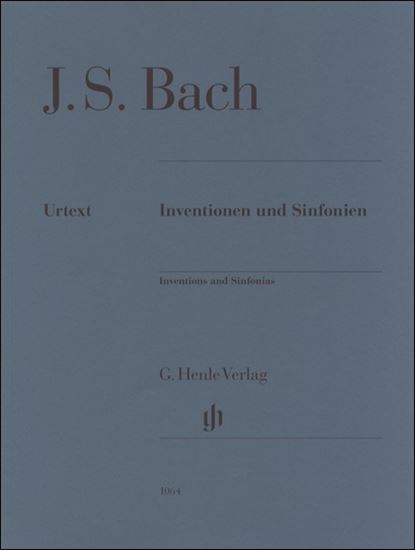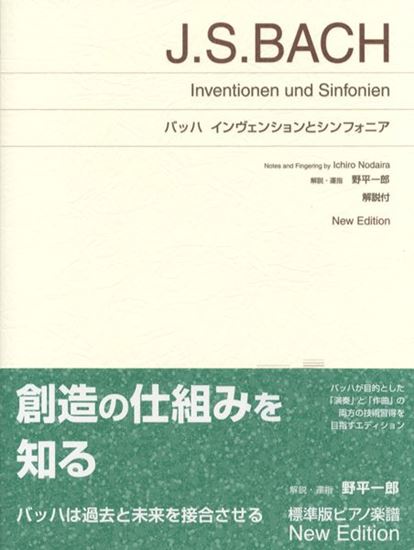Bach, Johann Sebastian : Sinfonia Nr.11 g-moll BWV 797
Work Overview
Genre:pieces
Total Playing Time:1 min 10 sec
Copyright:Public Domain
Commentary (3)
Author : Takamatsu, Yusuke
Last Updated: September 18, 2020
[Open]
Author : Takamatsu, Yusuke
G minor, 3/4 time.
A lyrical piece that seems perfectly suited for mastering "cantabile." This lyricism is underpinned by the dissonant sounds created by its relatively long theme and suspensions.
The theme presented at the beginning is relatively long at eight measures and has a descending G minor scale as its core (m. 1: G, m. 2: F, m. 3: E-flat... m. 6: B-flat, m. 7: A). The counter-melody in the middle voice, which is combined with this, is tied from the third beat, creating a dissonant sound on the first beat of the next measure, and is designed to resolve on the third beat. This succession of dissonance-to-resolution dominates the entire piece, creating a unique lyricism. Furthermore, the opening section of the theme is repeatedly employed as a main motif.
Author : Hayashikawa, Takashi
Last Updated: March 15, 2018
[Open]
Author : Hayashikawa, Takashi
M is a motif that recurs throughout as an imitative phrase. The upper voice in measure 33 is designated as M' due to its shared rhythmic motif with M.
Score example provided by: Bärenreiter Verlag
Author : Ooi, Kazurou
Last Updated: March 12, 2018
[Open]
Author : Ooi, Kazurou
Sinfonia No. 11 in G minor
This Sinfonia is relatively frequently performed among the Sinfonias. While not technically overly difficult, the independence of voices presents a challenge. One reason for this difficulty is the close proximity of the voices to each other. Performers should meticulously examine each voice and treat individual voices with care. Particular attention should be paid to listening for voices, especially notes that are tied and extend into the next measure.
Incidentally, this Sinfonia has one crucial difference from other Sinfonias: the scarcity of themes. If one proceeds with analysis by defining a theme, only three themes appear in the entire piece. This is exceptional. If, when attempting to analyze this Sinfonia, one were to consider the soprano from measures 1 to 8 as the theme, then only one theme would ultimately emerge. Even the final theme, appearing from measure 65, concludes in a different form. This implies that there is no original theme in its entirety.
Therefore, let us define the theme as the soprano from measure 1 to D in measure 4. Even at half the size, this theme appears only three times: the second time in the soprano at measure 29, and the third time in the soprano at measure 65. As you may have already noticed, even if we force a four-measure section to be the theme, it only appears in the soprano. This has been unprecedented until now. Conversely, if the theme is severely restricted, for example, to only measure 1 or up to measure 2, then a vast quantity of themes appears, and all sequences also become themes. How these facts are interpreted, analyzed, and performed is left to the performer, but this Sinfonia is clearly divided into sections. The piece can be finely divided as follows:
- A: 1-8
- B: 9-16
- C: 17-29
- D: 30-36
- E: 37-47
- F: 48-64
- G: 65-72
Section B begins in C minor and ends in B-flat major, which is the relative major of this Sinfonia. In Section C, sequences descend in two-measure units, then ascend in one-measure units from measure 24, reaching a peak at measure 26, from which the sequences gradually descend. Section D begins and ends in D minor, which is the dominant key of this Sinfonia. In Section E, one-measure sequences ascend, reaching the highest note, C (measure 41). However, harmonically, this is not a place where tension should significantly increase (or volume should be raised). In Section F, exactly the same events occur as in Section C. In Section G, the piece returns to G minor.
Performers should skillfully utilize each section to shape the music. Additionally, I will note sections where hand-crossing between the left and right hands is absolutely necessary:
- Measure 9: For the trill, considering subsequent passages, play the trill with the right hand (fingers 3 and 4). The alto voice up to the first D-B-G should be played by the left hand, and the next G an octave higher should be taken by the right hand.
- Measure 12: The first G in the alto should be taken by the right hand, E-flat and C by the left hand, and the next B by the right hand.
- Measure 49: The alto's C-B-C should be taken by the left hand.
- Measure 51: The alto's B-A-B should be taken by the left hand.
Furthermore, a point to note regarding pedaling is in sections like measure 6, where the bass has a quarter note G, but the alto descends to F-sharp. The only way to handle this is to use a little pedal to sustain the G. Similar passages appear in several places, and they should be treated in the same manner.
PTNA & Partner Channel Videos(2items)
Sheet MusicView More
Scores List (43)

カワイ出版

(株)ヤマハミュージックエンタテインメントホールディングス

(株)全音楽譜出版社

(株)全音楽譜出版社

(株)ドレミ楽譜出版社

(株)音楽之友社

(株)全音楽譜出版社

(株)音楽之友社

(株)音楽之友社

(株)ドレミ楽譜出版社

(株)ドレミ楽譜出版社

(株)ドレミ楽譜出版社

(株)ドレミ楽譜出版社

ヘンレー

ヘンレー

カワイ出版

(株)渓水社

(株)音楽之友社

(株)全音楽譜出版社

(株)エー・ティ・エヌ

(株)全音楽譜出版社

カワイ出版

(株)音楽之友社

(株)音楽之友社

ヘンレー

ヘンレー

(株)ドレミ楽譜出版社

(株)学研プラス


















